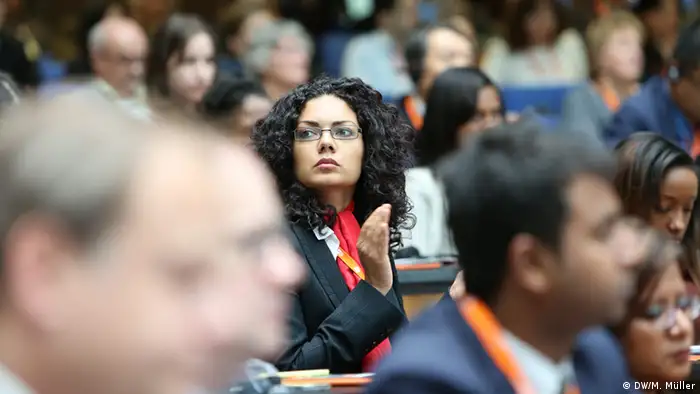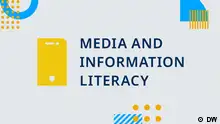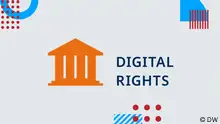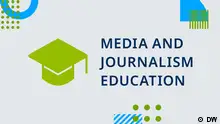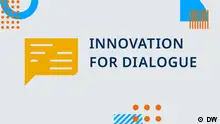Media viability
The significance of audience research in media development
Media development is often based on untested assumptions about the impact of media on governance. Local audience research can vastly improve the planning and effectiveness of media assistance projects.
When it comes to debating the field of media development, we can identify a significant lack of audience research – both in academia and in grey literature. We can detect the consequences of this gap for project design and policy making and also for broader efforts to integrate media into governance debates. So what about bringing back the audience?
Audience research here refers to two things: firstly, research measuring changing levels of media consumption amongst target audiences, and secondly, the (often qualitative) research which seeks to understand the complex, contingent and context-specific ways in which citizens make use of the media, both within governance processes and as part of their daily lives.
While the lack of evidence has been noted before, the extent of this gap has never been directly investigated.
An analysis of recently published scoping reviews of the relevant literature shows that:
- There is often an assumption that the media have a direct effect on audiences. The broader context or environment is seldom analyzed in depth. This instrumentalist view of the media is inaccurate, as the potential effects of different media on individuals are made up of complex combinations of long-term and short-term processes which are actively negotiated by audiences themselves and contingent upon both the contexts in which media are consumed and the broader lifeworld's of audiences. Put simply – we all respond differently to media content depending on our mood, knowledge, previous experiences, attention, trust, media habits and personal circumstances, amongst other things.
- Local audience research does not sufficiently differ in the content and scope of evidence from studies conducted in the Global North. There is also an absence of scholarship concerning how users actually engage with the media.
- The methodologies adopted for project evaluation in the field of media development focus on quick data gathering and finding success stories. This is problematic because it allows little room for a thorough examination of the uses of media by different audiences. Audience surveys conducted as part of an evaluation are often too small to ensure statistical significance, do not sufficiently target rural or poor audiences and focus only on reach and listenership. Of course, there are very good reasons why many media assistance evaluations adopt this approach, including a lack of time, planning and resources. The point here is not to criticize the evaluators but to point out that, as a result, project evaluations seldom produce robust evidence regarding what audiences actually do with media in relation to governance.
- Many manuals, guidelines and other types of practical media development literature include issues like mission and governance of a media house, management and staffing, infrastructure and finances and programming and community involvement but do not mention audience research as an integral element for performance assessment and improvement.
- The lack of reliable and accessible quantitative audience research data in many developing countries is a key element which has been widely neglected in international media assistance. Accurate quantitative audience research data for the transparency of media markets in the developing world is of crucial importance and a precondition for the financial sustainability of independent media houses.
These scoping reviews show that robust audience research is lacking in the field of media development. In an era of evidence-based policy making, this is problematic for those wishing to raise the profile of media in debates about governance. Equally, for those seeking to design effective media development interventions, there is insufficient evidence to explain the precise ways in which, and circumstances under which, media may contribute to good governance (and vice versa).
This lack of detailed audience research is also important for challenging optimistic and universalizing normative ideals about the role that media should play in promoting good governance. The theory of 'media imperialism' was one of the dominant paradigms of development communication in the 1970s. It was claimed that, influenced by the dominance of mass media in more powerful countries, an exploitative capitalist and Western culture was spread to less powerful ones.
This theory rested, at least partly, on the assumption that Western ideology was carried by mainstream media and injected into the minds of non-Western audiences. The fallacy of this assumption was exposed by a number of audience studies which revealed the dynamics and complexities of the ways in which different audiences interpret content.
In the same way, audience research that focuses on the perspectives of ordinary citizens will likely expose and challenge the underlying assumptions within media development. Within the wider governance research agenda, for example, research which has adopted the perspective of citizens or end users has successfully challenged the traditional state-centric view of governance and instead highlighted the importance of hybrid and informal systems of governance.
Recommendations for future audience research in the field of media development.
- De-centering the media. Most existing research into media development presupposes the importance of media in governance processes. Yet there may be circumstances in which the media's role is not important. Research has to be open to these possibilities.
- Triangulation. Individuals are not always willing or able to offer an accurate and reliable account of their media habits when responding to surveys or as part of a focus group. Comparing data gathered from multiple contexts, over a period of time, is a useful way of increasing the credibility and validity of the results. Additional methods may include audience diaries and observational data.
- Strengthening audience research capacities in developing countries. The establishment of independent audience research bodies (joint industry committees), the training of qualified audience researchers in developing countries and improved access to audience research data should become its own field of international media assistance.
Of course, generating research that takes into account even some of these issues will inevitably require a significant amount of resources. However, research has shown that rigorous audience research may refute various assumptions underlying media development projects and therefore contribute to significant improvements in project and program planning. In addition, supporting an independent and reliable audience research sector in developing countries would be an important step towards a transparent and sustainable media market in developing countries.
This article is part of the #mediadev series "Building coalitions for media reform" where experts from the field of media, academia and development discuss the impact and interaction of media with other governance issues - and how media can fit into the broader development agenda.
DW recommends
WWW links
- Date 16.09.2016
- Author Martin Scott and Christoph Dietz
- Feedback: Send us an e-mail. Please include your name and country in your reply.
- Print Print this page
- Permalink https://p.dw.com/p/1K3Wm
- Date 16.09.2016
- Author Martin Scott and Christoph Dietz
- Send us your feedback.
- Print Print this page
- Permalink https://p.dw.com/p/1K3Wm

